

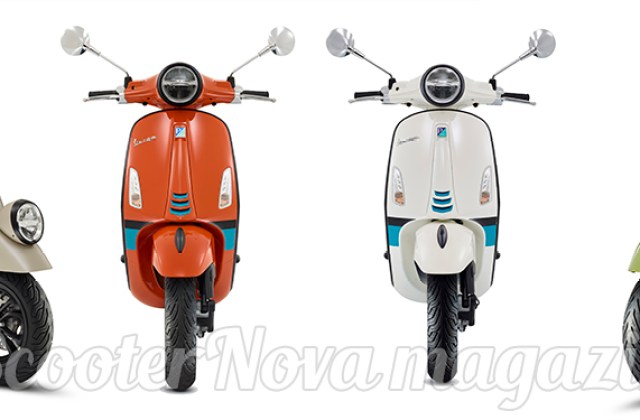
The Vespa story begins in the aftermath of WW II in Italy. The first vehicle was created from spare aircraft parts that were actual pieces of landing gearsfrom Mussolini’s airplanes. Because of the unique design, especially the front handle bars,and its sound, it was named Vespa, the Italian word for wasp. The new Vespa scooter took off like wildfire across Europe. In 1956, only 11 years after it was created, Piaggio sold its 1 millionth Vespa.
Vespas are more than just scooters, they have become an icon of Italian culture and the phrase "made in Italy". By 1939 Piaggio & C had evolved into a world leading aviation manufacturer. Thanks to Enrico Piaggio's intuition and the genius of legendary Italian aeronautical engineer, Corradino D'Ascanio, Vespa scooters were born in 1946. Piaggio Vespas would soon be swarming the streets of Italy with 1 million sold in the first 10 years of production. In 2013, Piaggio & C opened the Piaggio Advanced Design Center (PADC) in Pasadena, California where the group works on concepts for its newest scooters.
History [ edit ]Vespa 150 TAP, modified for the French paratroopers that carried (not fired) an antitank weapon. One of the best-loved models was the Vespa 150 GS introduced in 1955 with a 150 cc engine, a long saddle, and the faired handlebar-headlamp unit. These were available in the US in 50 cc and 150 cc versions, while Europeans could choose a 50 cc, 125 cc and 150 cc. The Miami Auto Museum in North Miami, Florida, claims to have largest collection of Vespa scooters with over 400 items. Dino Mazzoncini set the world record on the kilometre at an average of 171 km/hSee also [ edit ]References [ edit ]Citations [ edit ]Sources [ edit ]
First Vespa logoFirst prototype name:"MP5" ("Moto Piaggio 5", 1944)First prototype nickname:"Paperino"Second prototype name:"MP6" ("Moto Piaggio 6", 1945)First model name: "Vespa 98" (1946)Category:MotorcyclesSubcategory:ScooterPrototype designers: Renzo Spolti, Vittorio CasiniFirst model designer: Corradino D'AscanioProducer: Piaggio & Co. S.p.A. (founded by Rinaldo Piaggio on January 24, 1884)Prototype made in:1944 - Biella, Piedmont, ItalyProduction start: 1946 - April 23, Pontedera (Pisa), Tuscany, ItalyFirst price: 55,000 ITLPrototype features: The inspiration for the design of the Vespa dates back to Pre-World War II Cushman scooters made in Nebraska, USA. The MP6 prototype was presented in September 1945 to Enrico Piaggio, who exclaimed: «It looks like a wasp [Vespa]!». Property: Piaggio & Co. S.p.A.Official website:Piaggio MP5 ("Paperino"), the first prototype of Vespa scooter (1944)Piaggio MP6, the second prototype of Vespa scooter (1945)Vespa 98, the first model of Vespa scooter (1946)Vespa, figure from Patent (Dec. 27, 1949, filed June 19, 1947) granted to Corradino D'AscanioVespa debut (Acquasanta Golf Club, Rome, March 29, 1946). The picture, taken on March 30, shows Luigi Di Gennaro (holding the handlebars) - dealer Piaggio and famous motorcycle racer, and Piaggio mechanic Guido Galbani (on the left). "Ne courrez plus... roulez Vespa... roulez Vespa" (Don't run more... ride Vespa... ride Vespa)Vespa French poster (1955) by Raymond SavignacCorradino D'Ascanio (Popoli, Feb. 1, 1891 - Pisa, Aug. 6, 1981), the Italian aeronautical engineer who designed the first production helicopter and the first Vespa scooter
Vespa 125 “Six Days” (1951)Aesthetically very similar to Vespa 125, the “Six Days” differed due to the fuel tank benefitting of a wraparound shield and the right side bag which accommodated a larger carburetor. Vespa 150 GS VS5 (1959)The legendary Vespa 150 Gran Sport established itself in 1955 with the model VS1. Vespa 50 with pedals (1970)The Vespa 50, to be marketed in France, underwent a transformation, in order to adapt to French regulations. Vespa 50 Special (1973)The Vespa 50 Special was predominantly presented for the youth market with cosmetic changes to the handlebars, the headlamp and the tail light. Vespa 125 ET3 (1976)Commissioned specifically for the export market, the Vespa ET3 125 had the same features of the Italian ET3.
Related: The New Lego VespaThe Vespa 98VespaThe very first Vespa model, powered by a 98cc two-stroke single-cylinder engine. Back then, as it is now, racing was an important marketing tool and Vespa produced the 98 Corsa Circuito racing model. Vespa scooters cost between $3,999 and $10,499Q: Are Vespa scooters worth it? Vespa scooters are expensive when compared to Japanese or Chinese scooters but they are extremely well made and reliable, as well as being stylish and practical. Q: How fast does a Vespa Scooter go?
In designing this iconic Italian scooter, engineer Corradino D’Ascanio helped create an entire sector of the transportation industry. Leveraging his background in aircraft design, D’Ascanio drafted a stamped spar-frame that incorporated stressed external steel body panels. When Enrico Piaggio solicited D’Ascanio to design a scooter, the engineer already had a fully fledged proposal in his back pocket. Interestingly, he avoids any mention of his work for Innocenti or the Paperino and other early Italian scooter concepts. Corradino D’Ascanio’s Vespa deserves to join that select group.
Already before the birth of the Vespa, the Piaggio factory had attempted to create a prototype that was alluring enough but still looked a bit like a motorcycle. The owner – Enrico Piaggio – turned this attempt down. It was easy to mount a Vespa, also for women in skirts and dresses. Vespa 98 cost around 55.000 lire, while a ‘luxury edition’ cost 61.000 lire – a high price, which would be around 1.000 dollars today. It was not anywhere near the cheap price Enrico Piaggio had envisioned.
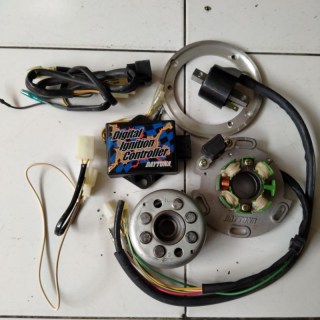
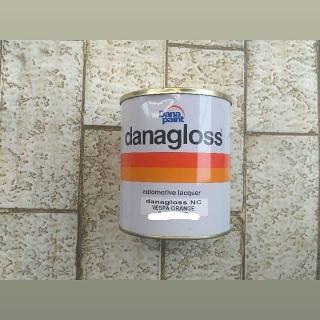
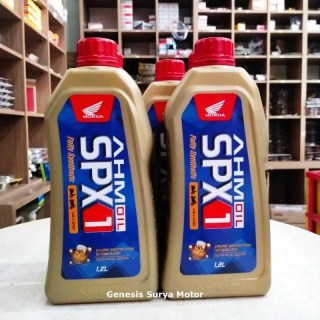

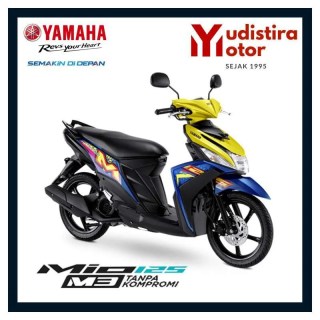
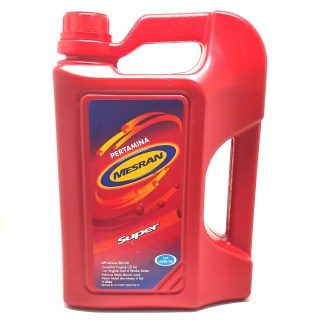
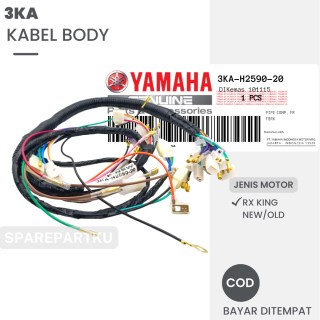

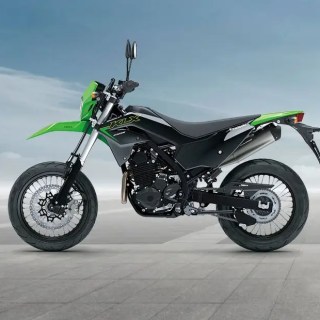
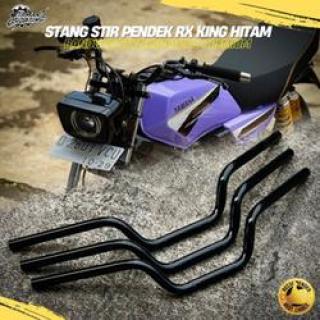
Copyright By@ServisRingan - 2025
